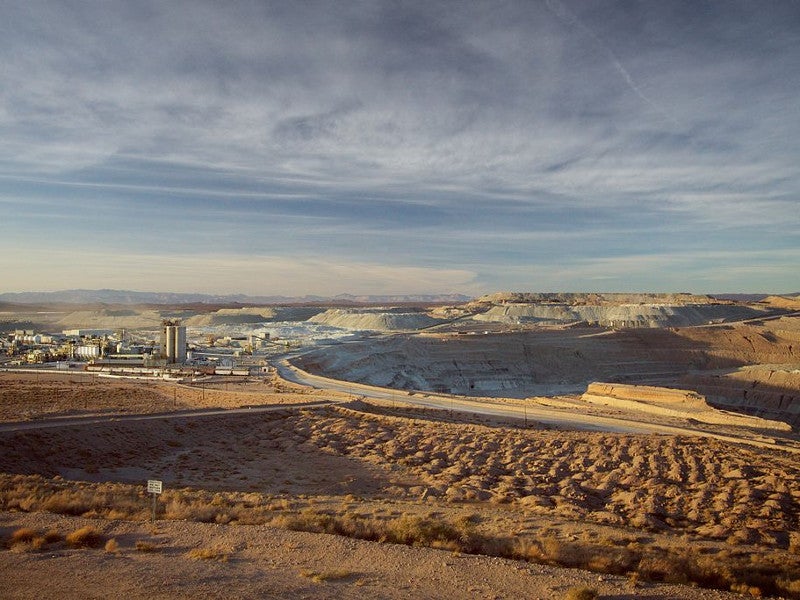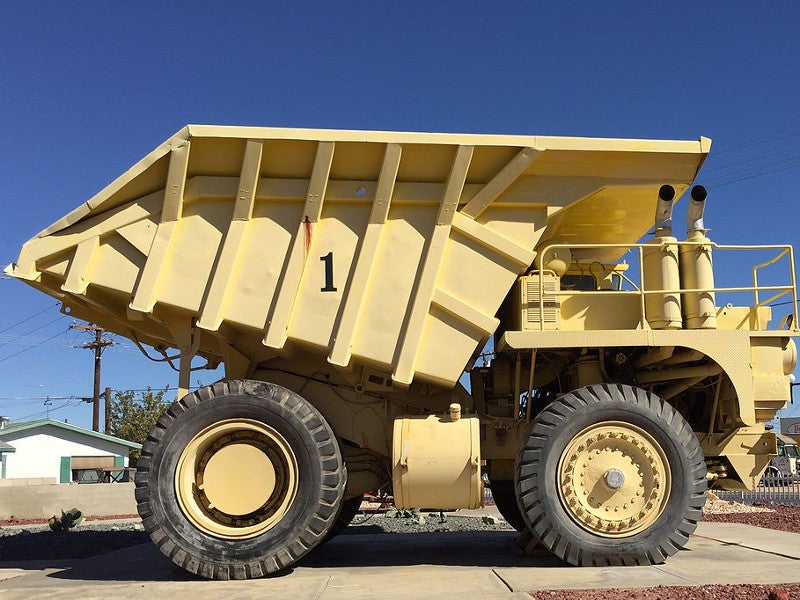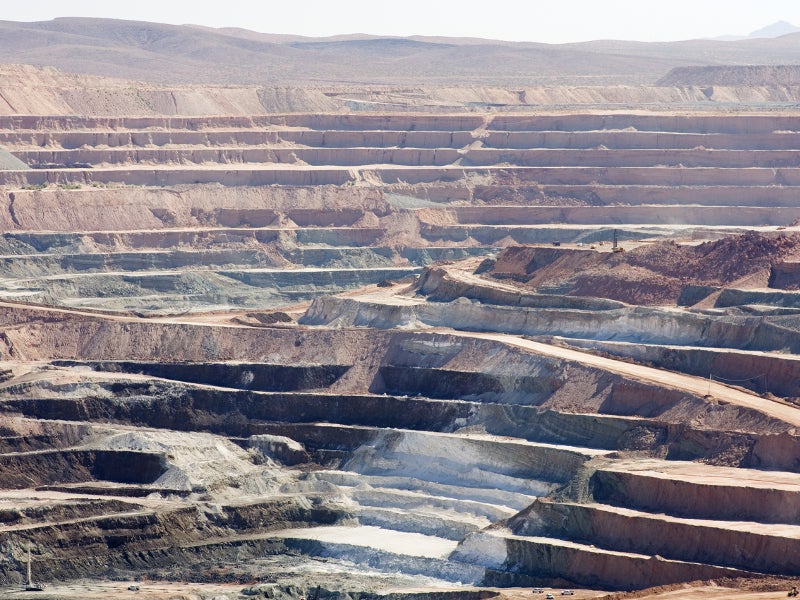Borax open-pit mine, located in Boron, is the world’s biggest borate mine and the biggest open-pit mine in California, US.
The mine started operations in 1927 as an underground operation, which was converted into an open-pit operation in 1957. The Borax open-pit mine has been owned and operated by U.S. Borax, a wholly-owned subsidiary of Rio Tinto, since 1967.
The mine produces approximately one million tonne (Mt) of refined borates a year, accounting for one-third of the global demand.
The open-pit mine is estimated to contain sufficient recoverable reserves to continue operations until 2042. Rio Tinto initiated a pilot study to extract lithium from waste rock at the mine in the second half of 2019.
Location, geology and mineralisation
Borax open-pit mine is located in the Mojave Desert, on the Kramer Borate deposit in Boron, which is a census-designated place (CDP) in Kern County, California, US.
The Kramer ore body is a roughly lenticular sedimentary sequence of borax and kernite featuring interbedded claystone. The deposit is known to host more than 80 minerals including four major boron-based minerals such as tincal, kernite, ulexite, and colemanite.
The overburden thickness of the Kramer borate deposit ranges between 60m and 150m.
Borax open-pit mine reserves
The Borax open-pit mine is estimated to contain 16 million tonnes (Mt) of boron dioxide (B2O3) in proven and probable reserves.
Borax open-pit mine size and structure
The open-pit borate mine measures 3.2km-long, 2.8km-wide, and up to 230m-deep. It is considered to be the biggest open-pit mine in California, US.
Mining method
Open-pit mining method involving drilling, blasting, shovelling, and hauling is employed for extracting ore from the Borax borate mine.
Drills are used to explore the deposit as well as to dig blast holes, while explosives are used to loosen the overburden as well as the ore.
The loosened ore is scooped by large-size shovels and dumped into 220t haul trucks that carry it to the crusher machines on the surface.
Ore processing for the Borax open-pit mine
The run-of-the-mine (ROM) ore is crushed into one-inch size before being transported to the processing plant through a conveyor system.
The ore processing facility employs six primary steps including dissolving, settling, crystallising, filtering, drying, and conveying, to convert raw ore into refined borates.
The crushed ore is first amalgamated with hot liquor and the borates are dissolved in water, while a screening process is employed to remove insoluble rocks, sand, and other solids. The saturated borate solution is then sent to thickeners where heavier clay settles at the tank’s bottom, while the liquor is sent to crystallisers for cooling.
The slurry of borate crystals and water is poured on special fabric filters to remove water. The damp borate crystals are sent to rotating dryers and the resultant dry borates are transferred via a conveyor belt for storage, packaging, and shipping.
The products of the processing plant include borax pentahydrate, borax decahydrate, and boric acid.
Lithium production at Borax open-pit mine
Rio Tinto approved a £7.8m ($10m) investment plan to build a pilot plant to extract lithium from the tailings of Borax mine in 2019.
Utilising a heat-and-leaching process, the pilot plant is expected to produce ten tonnes of battery-grade lithium a year.
Upon the successful demonstration of the pilot lithium processing plant, Rio Tinto is expected to invest £39m ($50m) to build a commercial-scale plant capable of producing up to 5,000t of lithium from the Borax mine waste rock a year.





